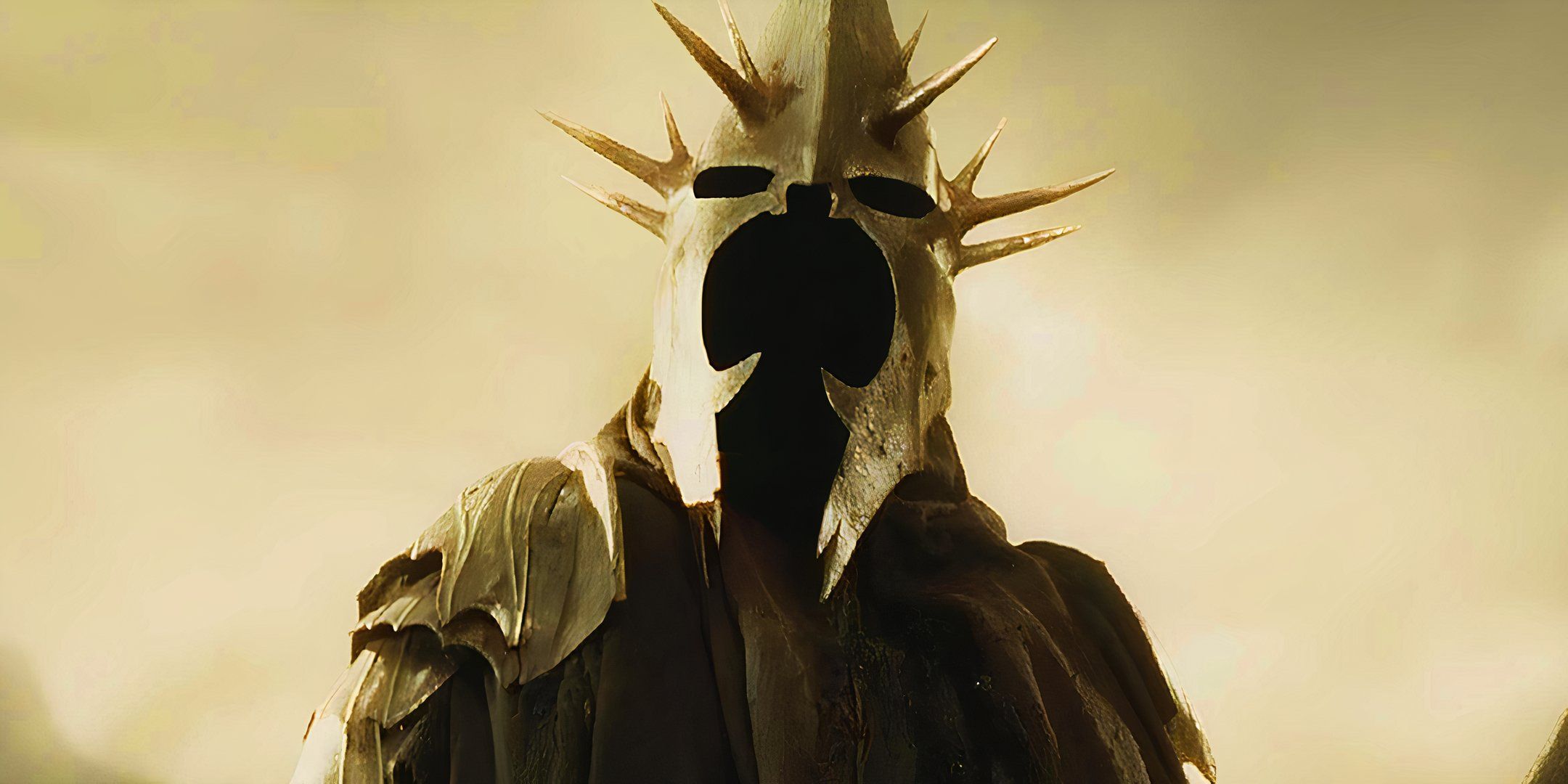
The epic tale known as ‘The Lord of the Rings‘ isn’t renowned worldwide as the greatest high fantasy story for no valid reason – it has introduced terrifying creatures to both literature and cinema since its debut in 1954. The English author J.R.R. Tolkien penned this masterpiece, which was serialized into three parts from 1954 to 1955. This literary journey served as the foundation for Peter Jackson’s highly praised ‘Lord of the Rings’ trilogy, where each movie adapted a portion of the book. Fortunately, many of Tolkien’s most fearsome creatures found their way onto the big screen, providing ample opportunities to stir awe in viewers.
As a die-hard fan of Middle-earth, I’ve witnessed the formidable might of its creatures – from the relentless Orcs of Sauron and Saruman to Benedict Cumberbatch’s chilling Smaug. Though the Orcs often crumbled before the Fellowship, they weren’t without their destructive prowess. Meanwhile, colossal, otherworldly beasts possessed unique powers capable of leveling entire landscapes in an instant. The most treacherous denizens of Middle-earth were forces to be reckoned with on land, sky, and sea alike.
10. Trolls
Strong But Stupid
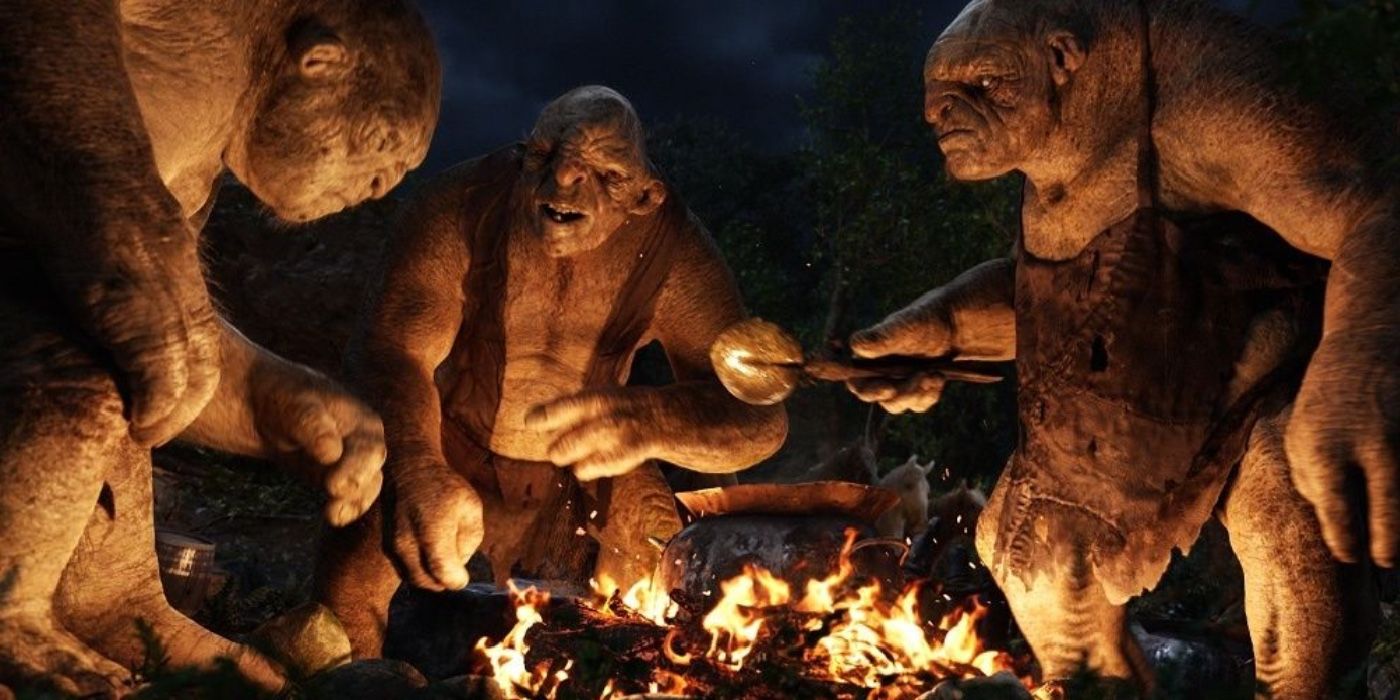
Trolls might not be the brightest creatures, yet they possess immense strength and could easily overpower an unaware human or Hobbit with minimal exertion. The menacing image of trolls was brought to life in the ‘Hobbit’ movie series, released from 2012 to 2014, which were adaptations of J.R.R. Tolkien’s 1937 book. Although some criticism was directed towards the movies for their departures from the original text, it must be noted that the troll scenes accurately portrayed the danger these bulky beasts posed.
In the movie “The Hobbit: An Unexpected Journey,” the scenes featuring the trolls were arguably among the most impressive in the trilogy. These imposing creatures possess such strength that they could effortlessly crush an Elf, a Hobbit, a Man, or a Dwarf beneath their feet. However, while they can certainly cause trouble, trolls lack the intellect to pose a serious threat to the elite forces of the Eldar or Gondor.
9. Wargs
Orc Steeds And Vicious Canines
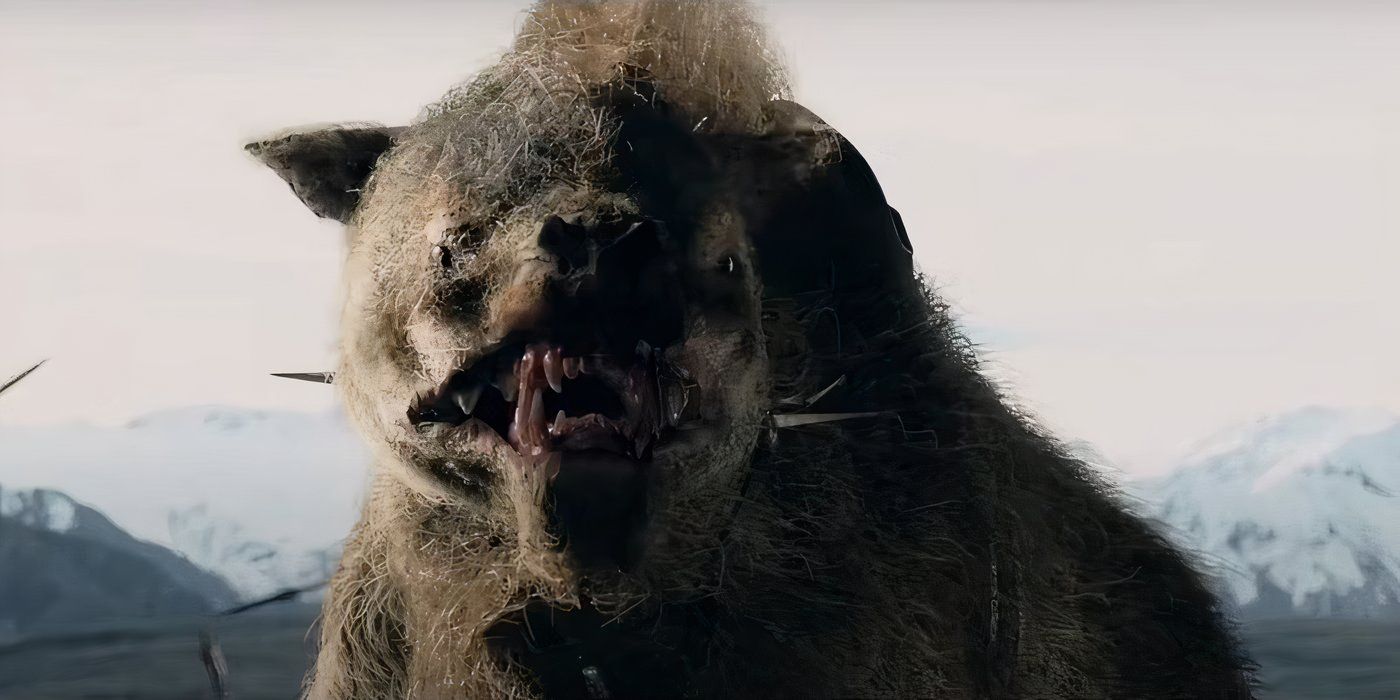
Wargs are frequently overlooked as one of Middle-earth’s most fearsome breeds of dogs, a fact that often works to the disadvantage of Elves and Men who underestimate them. Peter Jackson portrayed the Warg attack on Thorin and Company in The Hobbit quite accurately, showcasing these massive wolves and their striking intelligence. Their cunning might have even outsmarted the Dwarf party had it not been for some fortunate turns of events.
In J.R.R. Tolkien’s epic, The Hobbit, it was the noble Great Eagles who turned the tide, while in The Lord of the Rings, it was the cunning and overwhelming numbers of Wargs that boosted the Orcs’ power to carry out their vile deeds. Both Sauron and Saruman relied on Orcs or Uruk-hai for their tasks. In Peter Jackson’s adaptation, particularly in The Lord of the Rings: The Two Towers movie, Orcs from Isengard were seen riding Wargs during their attack on the Fellowship, which was a memorable scene highlighting the fearsome nature of Wargs.
8. Barrow-wights
Deadly Skeletons
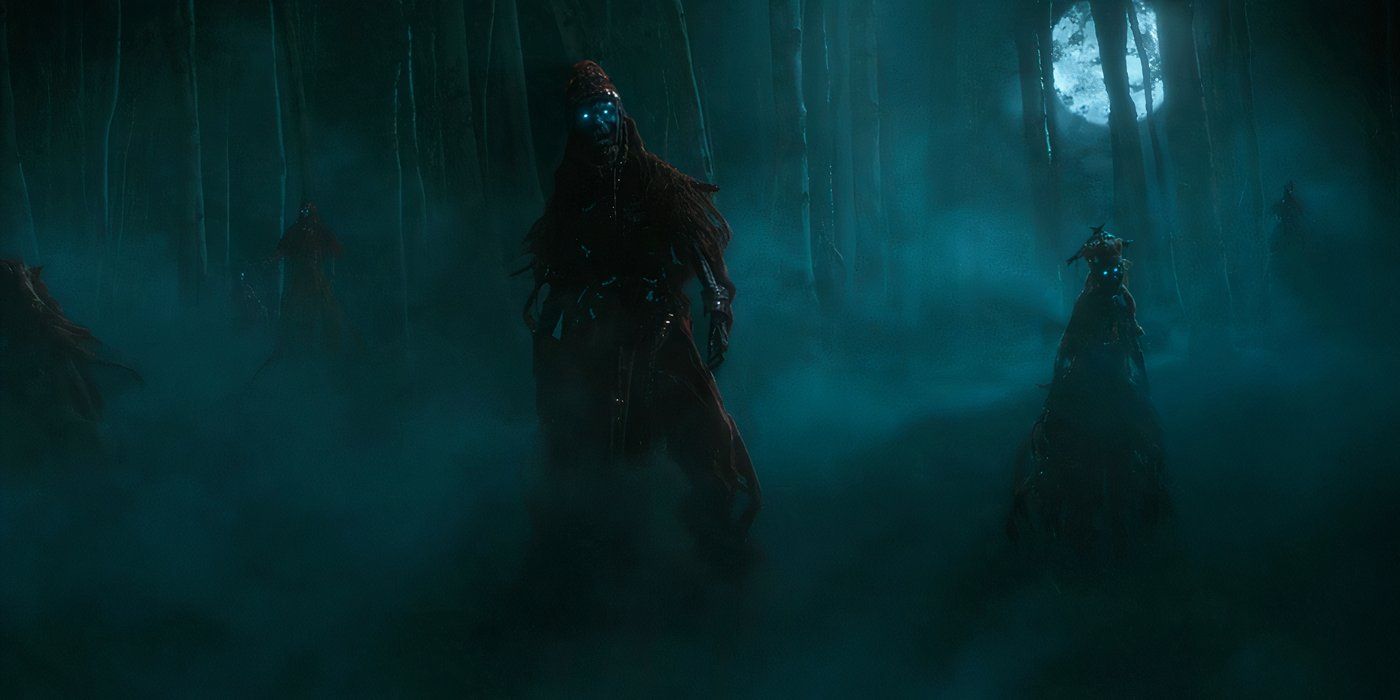
In J.R.R. Tolkien’s novel The Lord of the Rings, it was the eerie Barrow-wights that almost spelled doom for the Hobbits. Had it not been for Tom Bombadil, who miraculously intervened, we might have never had a Ring-bearer to embark on the perilous journey to Mordor with the One Ring. These spectral entities inhabiting the tomb of the Last King of Cardolan, possessed an eerie dark magic that left their victims frozen and bewildered. Their glowing eyes in the nighttime were a chilling sign as they approached to attack.
In J.R.R. Tolkien’s epic trilogy, The Lord of the Rings, Barrow-wights were regrettably omitted from the storyline. However, in season 2 of Amazon Prime Video’s The Rings of Power, these spectral creatures made their screen debut. Although they are not part of Tolkien’s narrative, the portrayal of Barrow-wights in The Rings of Power was eerie and effectively conveyed the menace they represented. In the show, Galadriel and her squad of skilled Elves managed to banish these Barrow-wights, but they held a significant edge over less magical beings.
7. Watcher In The Water
Giant Sea Beast
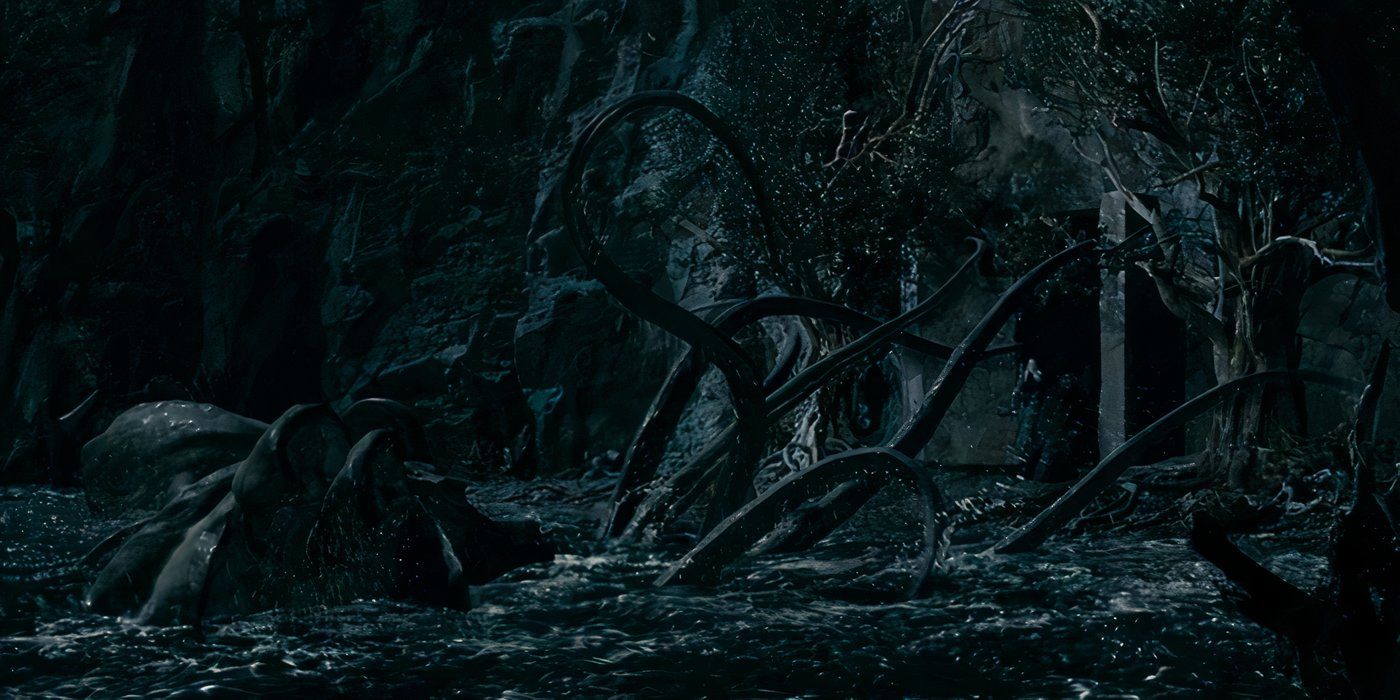
In J.R.R. Tolkien’s “The Lord of the Rings,” The Watcher in the Water was a menacing presence lurking by Moria, often snaring unwary travelers and pulling them into the depths. Frodo Baggins’ meeting with this creature came perilously close to ending his quest entirely. One particularly chilling scene featuring this creature stood out in “The Lord of the Rings: The Fellowship of the Ring” movie, as it ominously emerged to create a sense of disarray outside the Doors of Durin.
This tentacle-adorned sea beast appeared incapable of verbal communication and instead was seen stalking its prey. Perhaps it targeted Frodo due to the enchantment of the One Ring from “The Lord of the Rings,” hinting at a potentially malevolent nature. The Watcher might share a connection with the elusive beings mentioned by Gandalf following his battle against the Balrog, creatures that appeared to possess strength over intellect, much like the Watcher.
6. Fell Beasts
Nazgûl Steeds
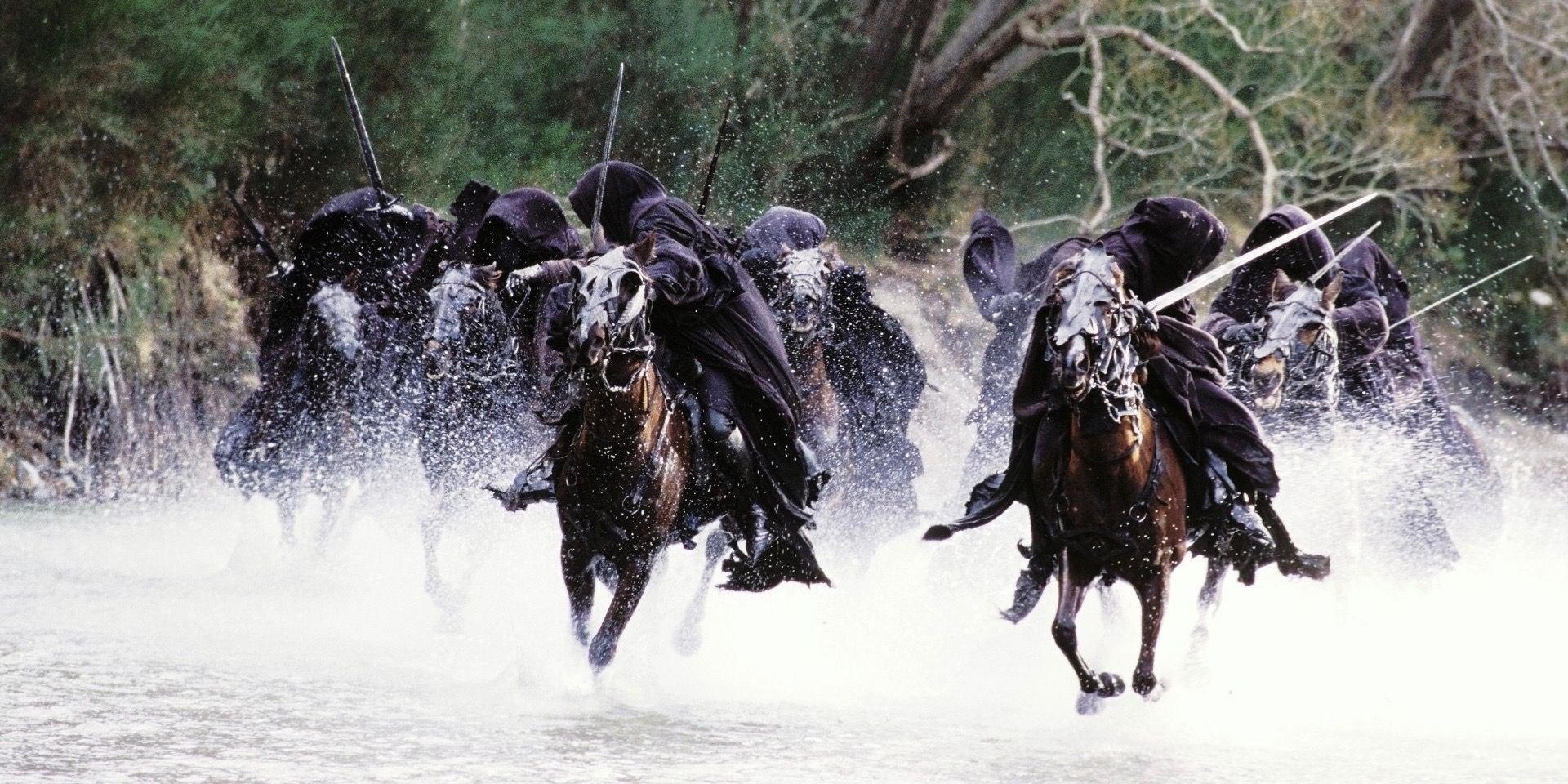
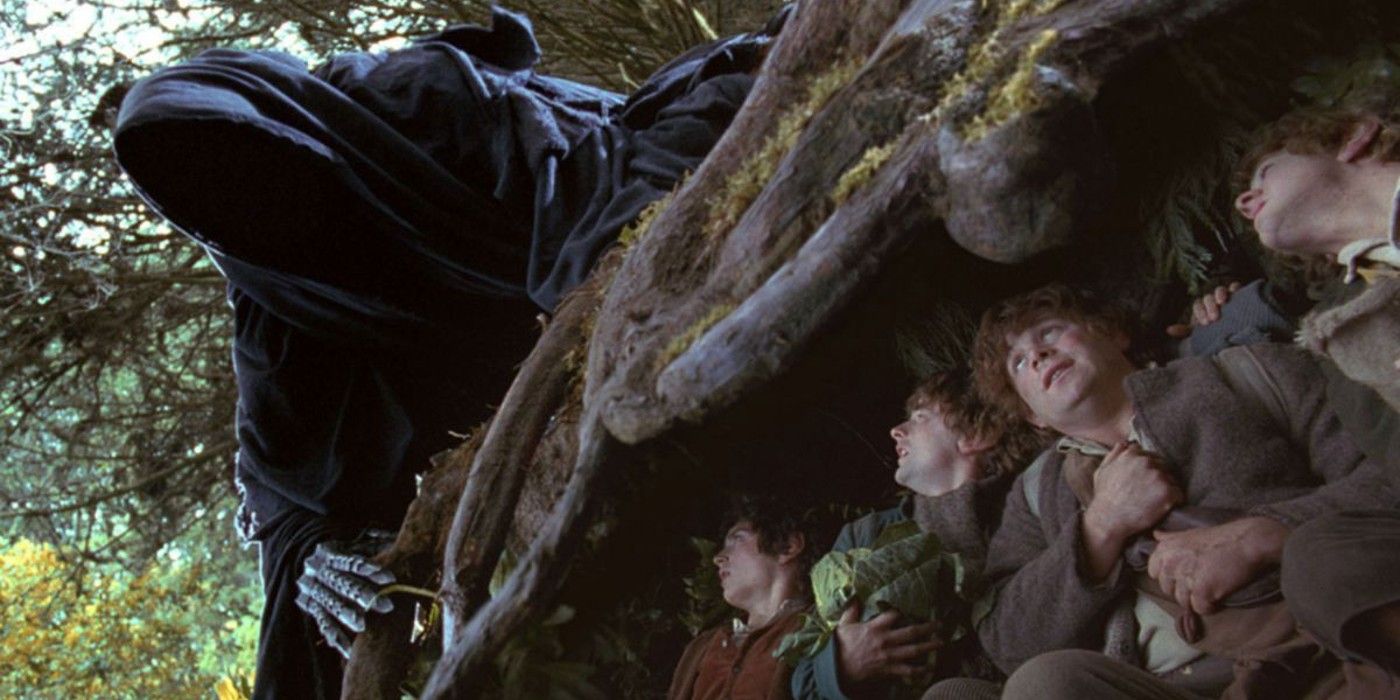
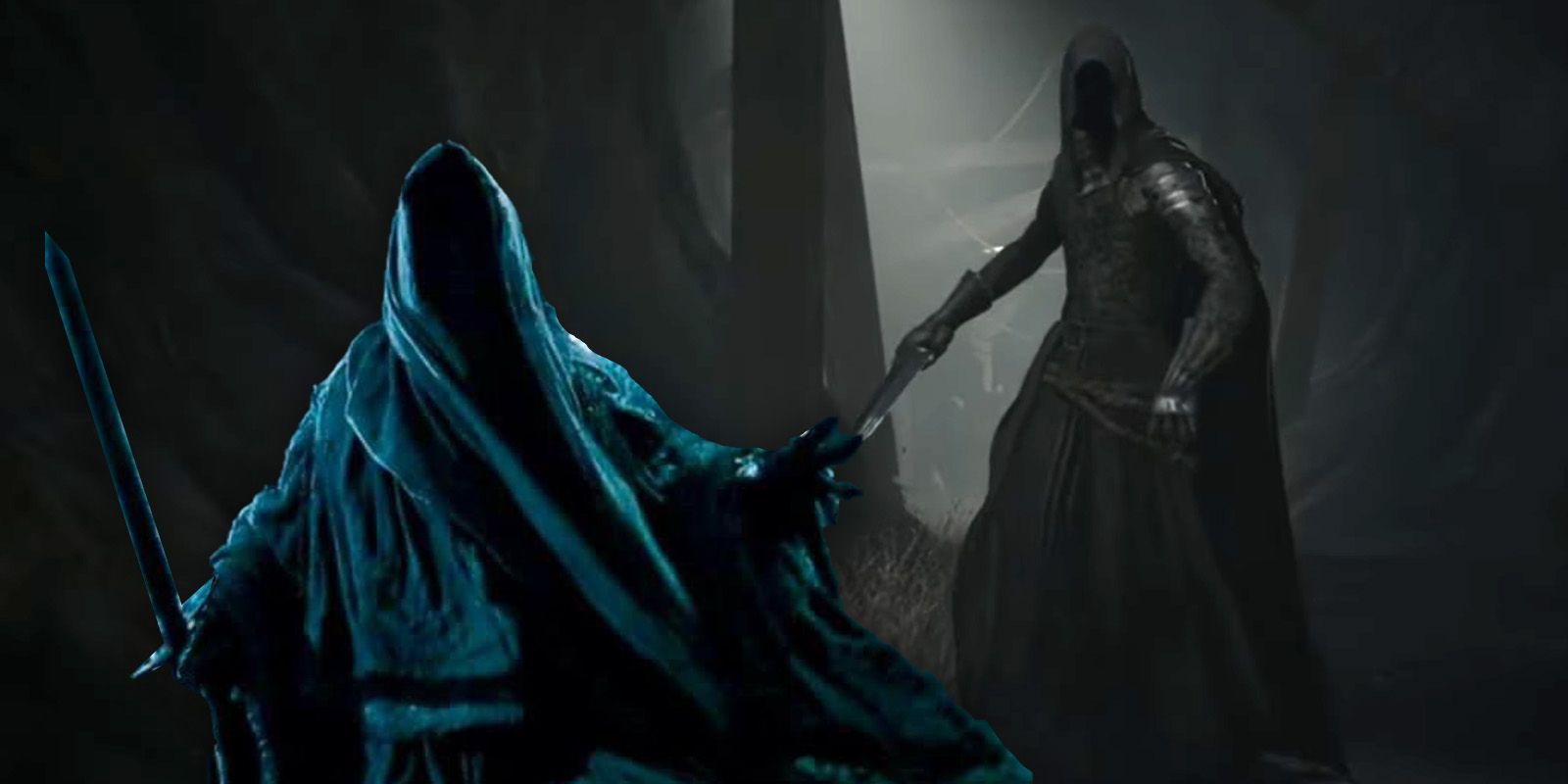
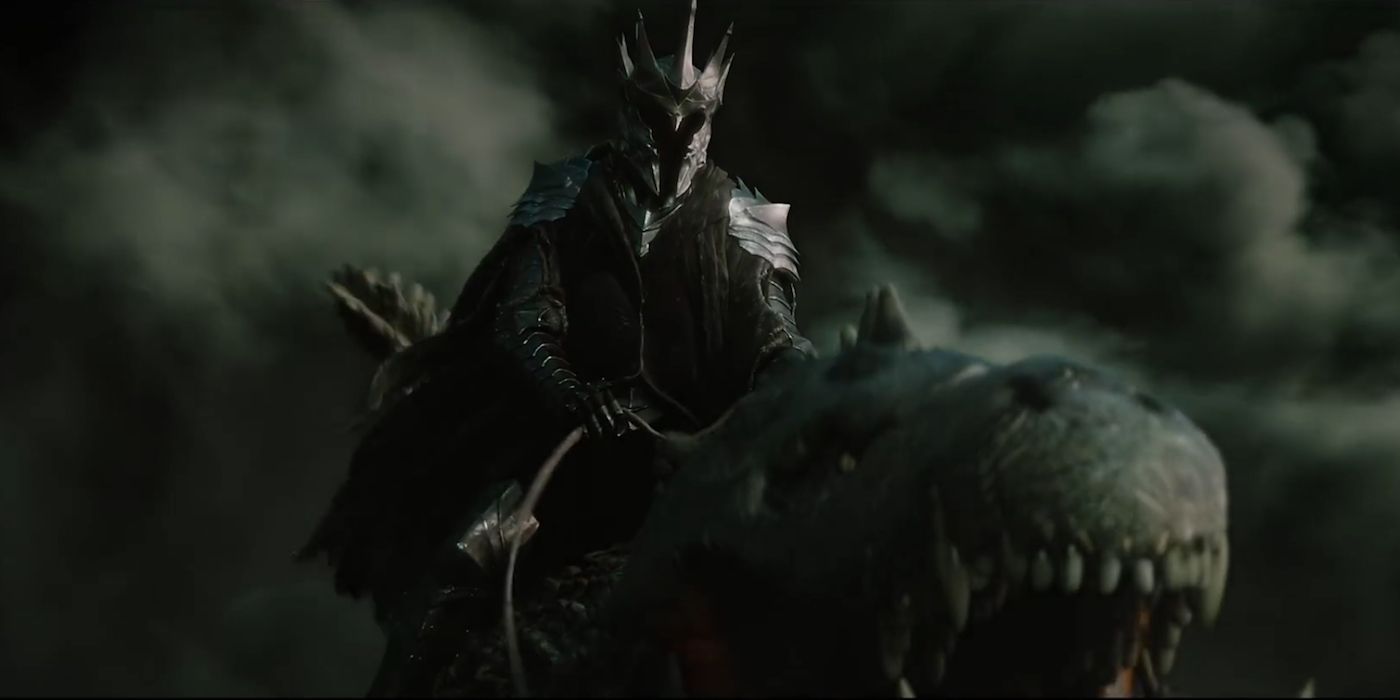
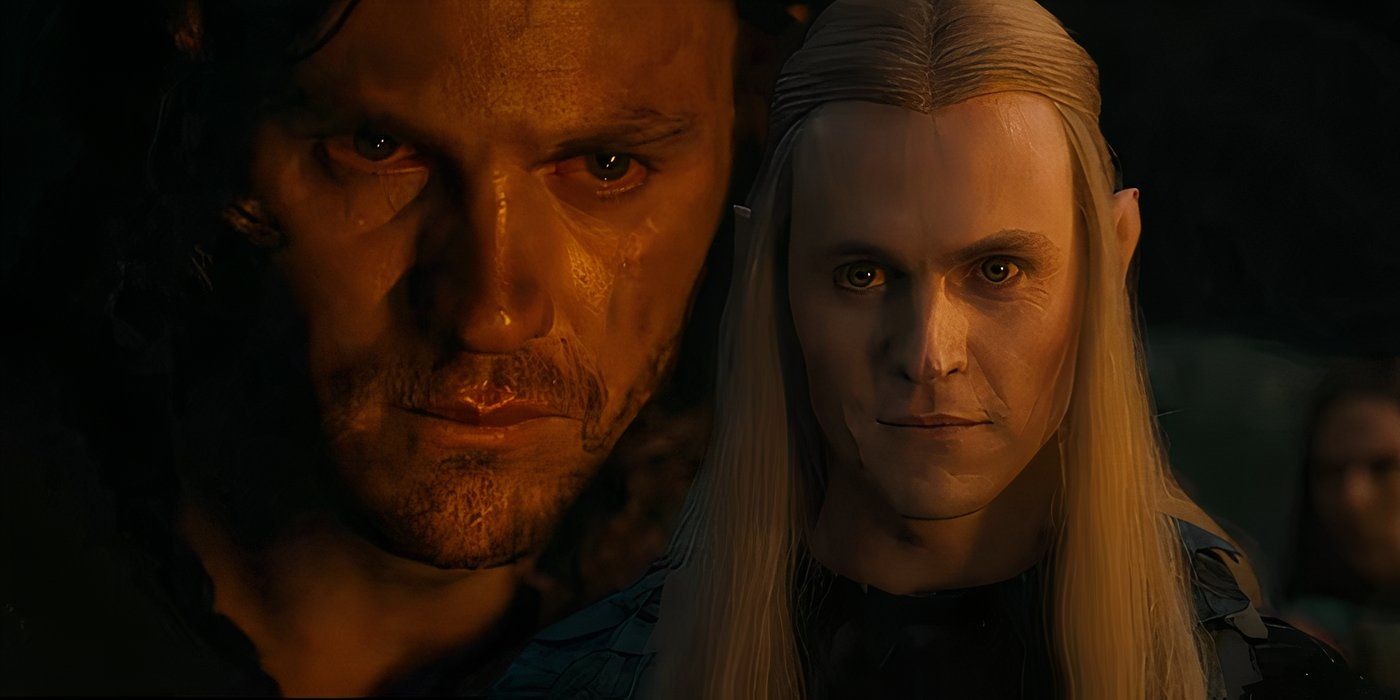
In “The Lord of the Rings: The Two Towers” and “The Return of the King”, the Ringwraiths couldn’t travel far without their sinister steeds, the Fell Beasts. While J.R.R. Tolkien didn’t delve deeply into their description, Peter Jackson brilliantly brought them to life on screen, with a rubbery texture for their skinless forms. Whether they were created in dark laboratories or ancient beings as suggested by the legendarium, they proved themselves more than capable of carrying out their ominous tasks.
| Tolkienian Age | Event Marking The Start | Years | Total Length In Solar Years |
|---|---|---|---|
| Before time | Indeterminate | Indeterminate | Indeterminate |
| Days before Days | Ainur entered Eä | 1 – 3,500 Valian Years | 33,537 |
| Pre-First Age Years of the Trees (Y.T.) | Yavanna created the Two Trees | Y.T. 1 – 1050 | 10,061 |
| First Age (F.A.) | Elves awoke in Cuiviénen | Y.T. 1050 – Y.T. 1500, F.A. 1 – 590 | 4,902 |
| Second Age (S.A.) | War of Wrath ended | S.A. 1 – 3441 | 3,441 |
| Third Age (T.A.) | Last Alliance defeated Sauron | T.A. 1 – 3021 | 3,021 |
| Fourth Age (Fo.A) | Elven-rings left Middle-earth | Fo.A 1 – unknown | Unknown |
In the Third Age, the Fell Beasts, or “hell-hawks,” significantly aided the Nazgûl in their movements. Similar to how Wargs expedited Orcs’ travel, these monstrous birds enabled the Ringwraiths to traverse distances swiftly and directly, avoiding roadways on their horses. Additionally, they granted the Ringwraiths the ability to spy on their adversaries from a distance, enabling them to cast their dark magic from aloft. These creatures proved instrumental in Sauron’s efforts during the War of the Ring.
5. Orcs
Corrupted Elves

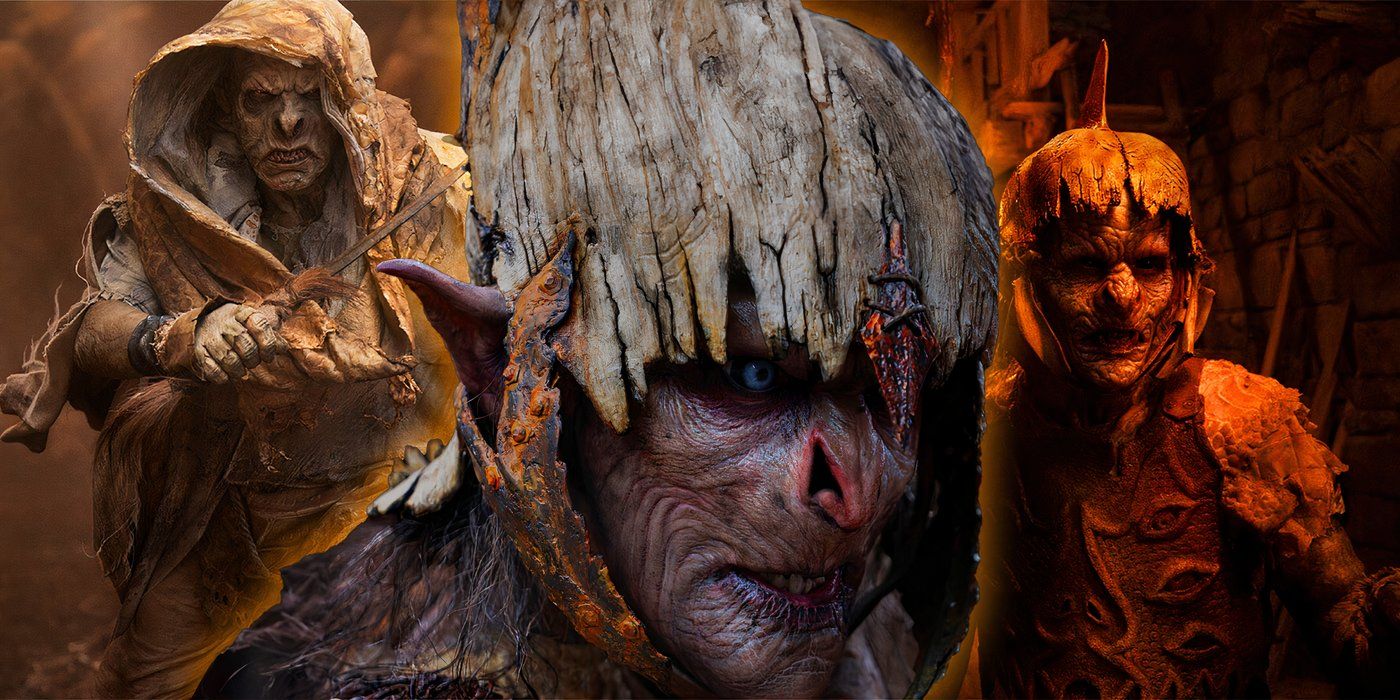
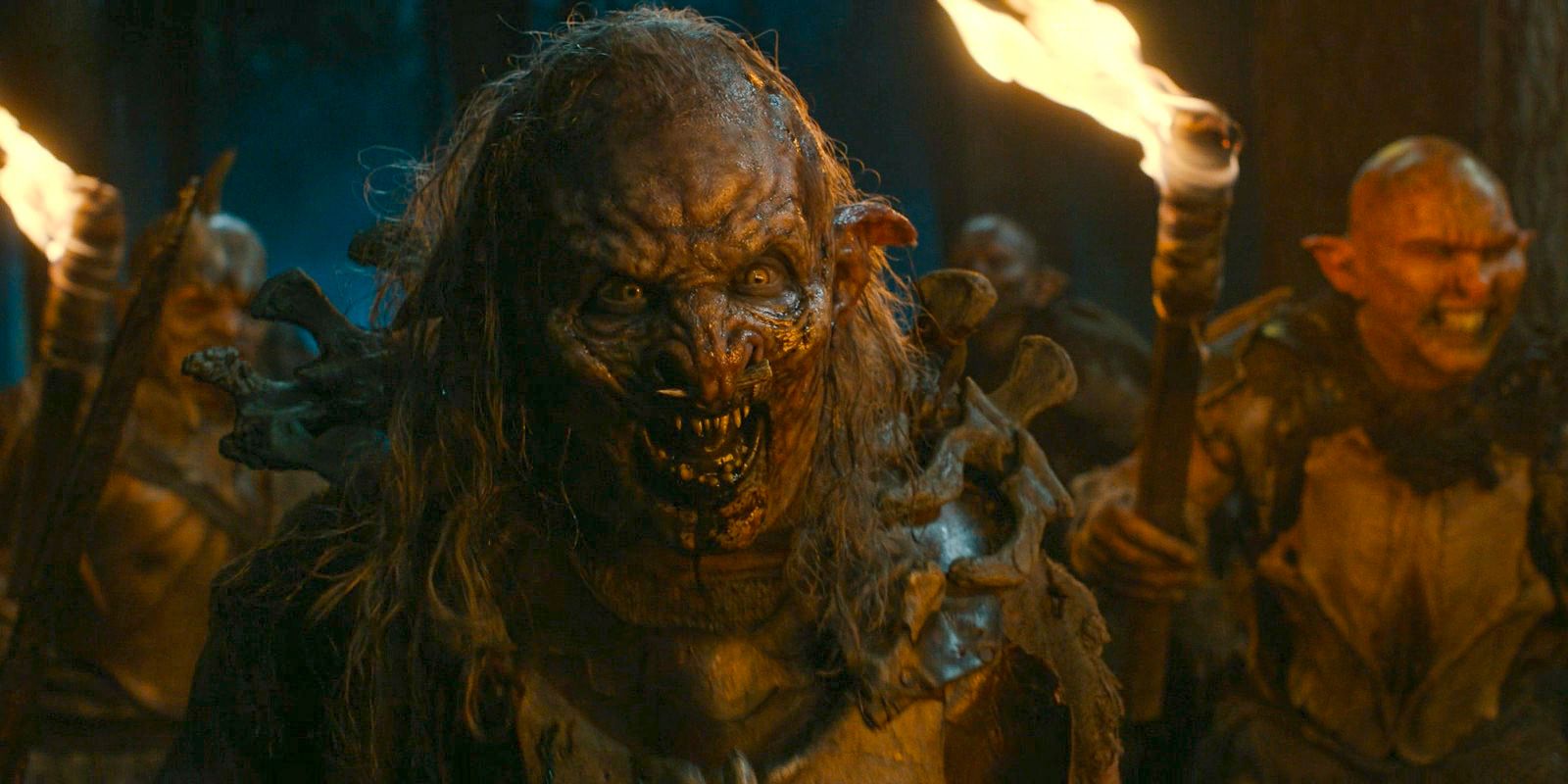
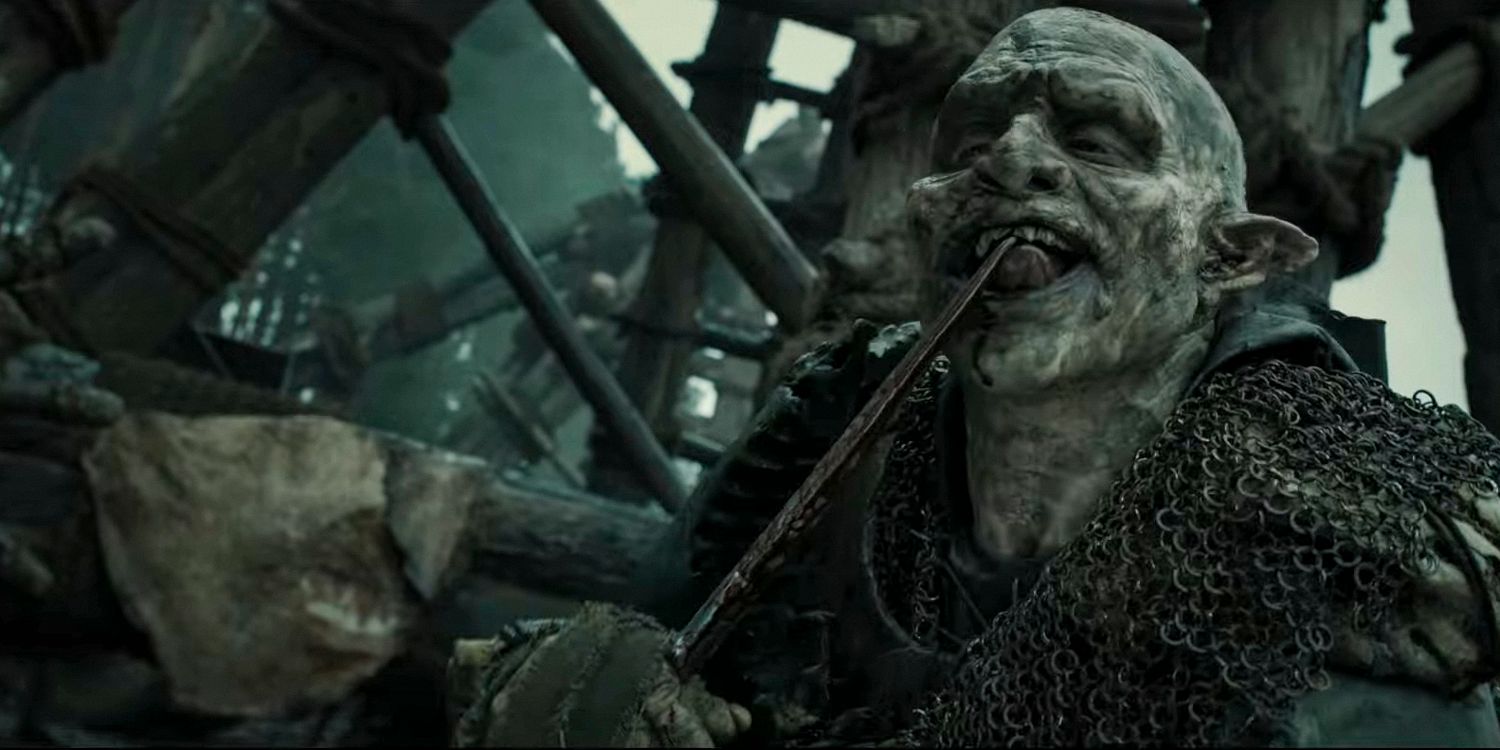
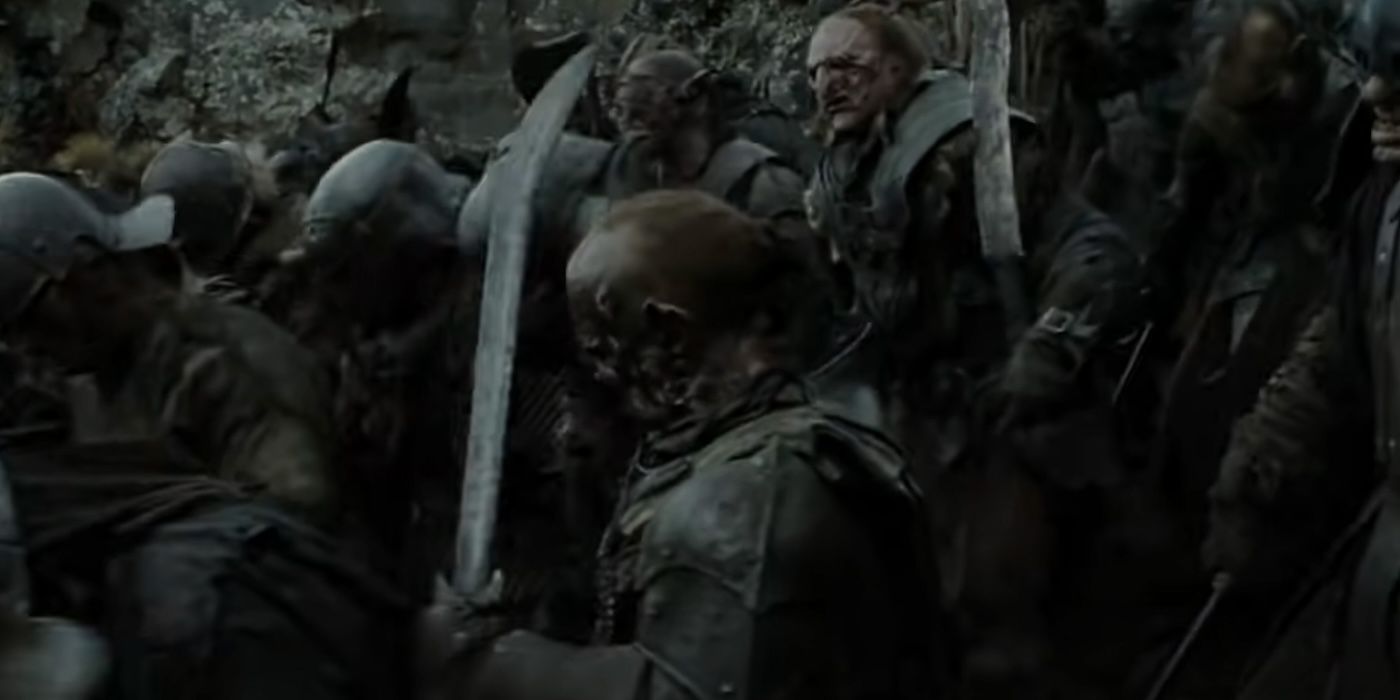
In Middle-earth, Orcs were among the most formidable creatures due to their sheer numbers. Despite some differences in intelligence and power, they were typically aggressive and relatively fearless. These warriors, while no match for Elvish or human nobility without proper training, could effortlessly overwhelm civilian villages and towns, inflicting massive harm and loss of life.
In my perspective as a movie reviewer, Uruk-hai were an ominous creation by the cunning wizard Saruman, designed to be larger, stronger, and deadlier than regular Orcs. Making their grand entrance in The Two Towers, they brought sheer force, standing toe-to-toe with some of the strongest armies from Lord of the Rings. A chilling aspect that sets them apart is that Sauron held dominion over these Orcs, controlling vast numbers of them mentally, turning them into mere drones, devoid of their own will.
4. Shelob
Giant Spider
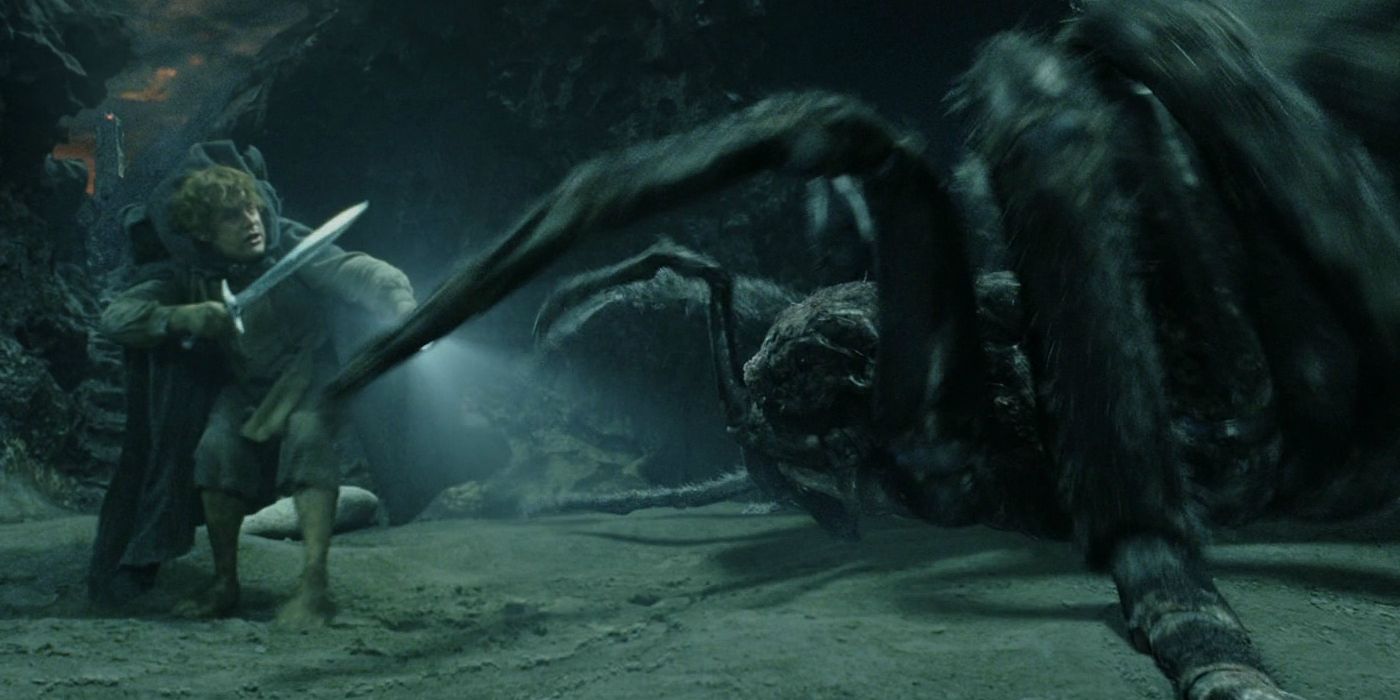

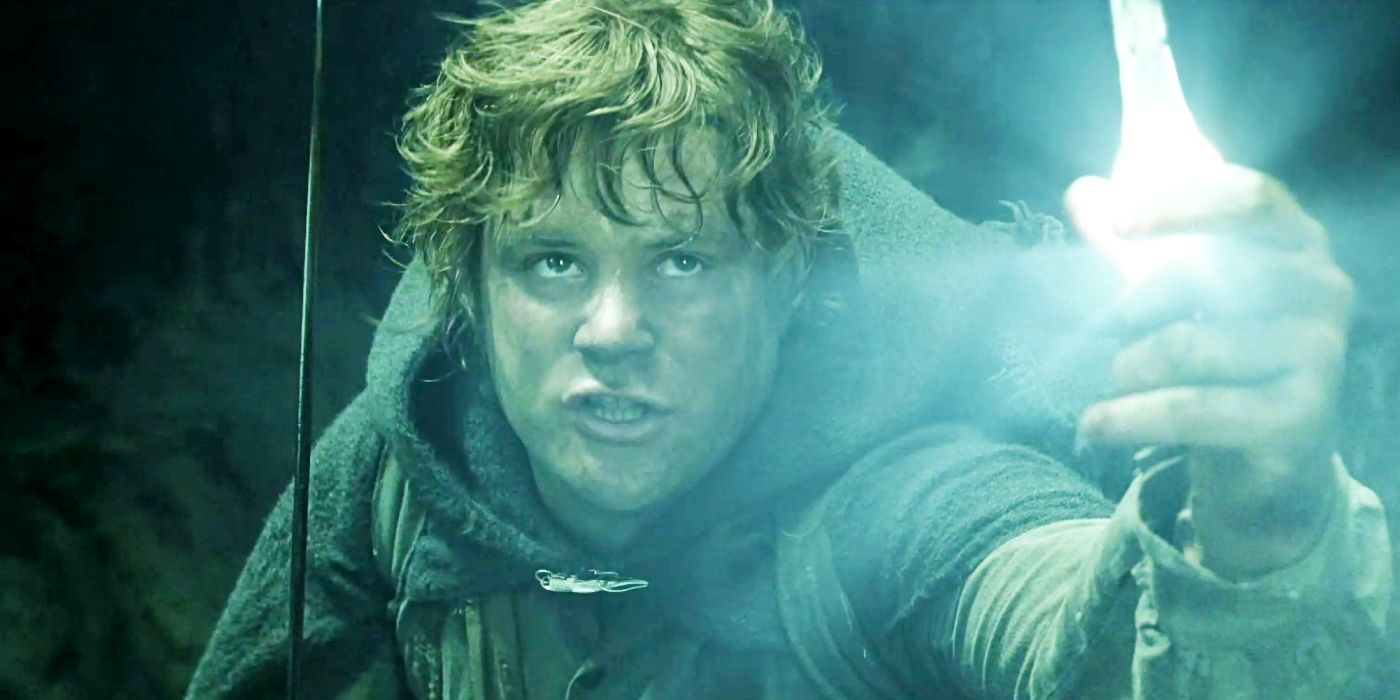
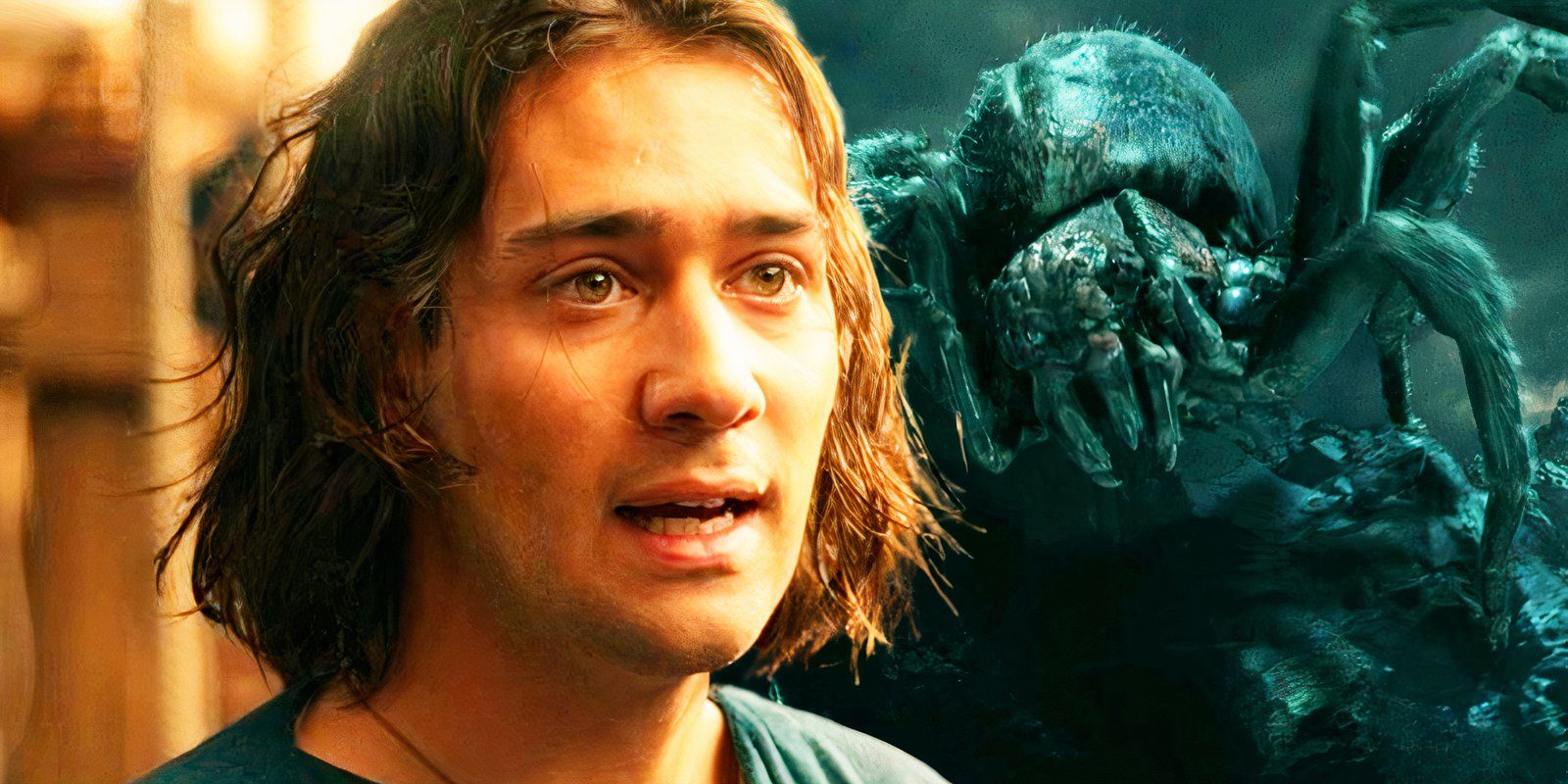
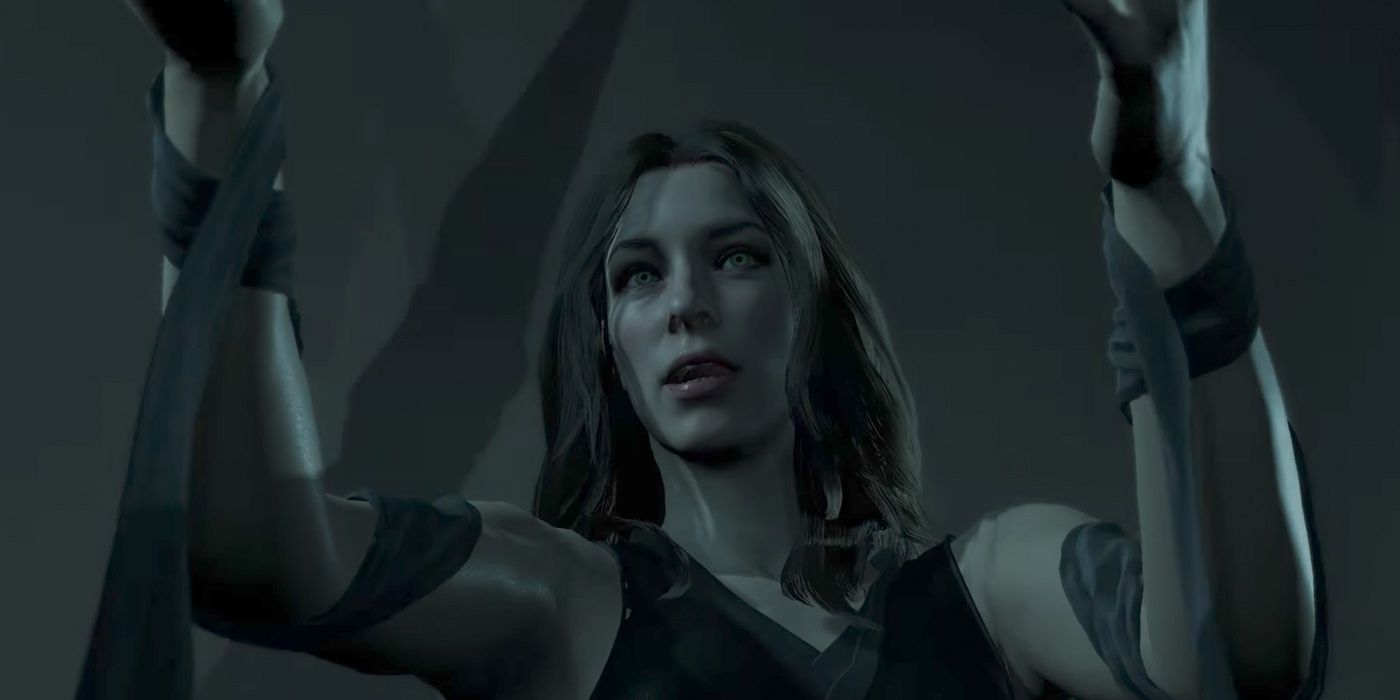
Shelob, a character from Hollywood, will be remembered for its particularly unsettling scenes. Similar to Aragog in “Harry Potter” and many other large spiders in fantasy tales, Shelob magnified the dread associated with tiny arthropods, bringing high-definition terror to life by enlarging them. In truth, the insect world can be inherently terrifying due to some species of spiders being able to lift objects fifty times their own weight. Following real-life spiders, Shelob demonstrated remarkable strength, but this was the least of its victims’ concerns.
Shelob, with her lethal webs and venom, would immobilize her prey before consuming them or her offspring. Not only was she formidably strong, but Shelob also seemed to possess a chilling disregard for morality. It’s unclear if she was capable of conversation, yet she displayed the cognitive abilities equal to those of any sentient being in Middle-earth, having struck a pact with Gollum. On occasion, Sauron would dispatch Orcs under Shelob’s command to inflict pain, revealing her ruthless nature.
3. Nazgûl
The Nine Ringwraiths

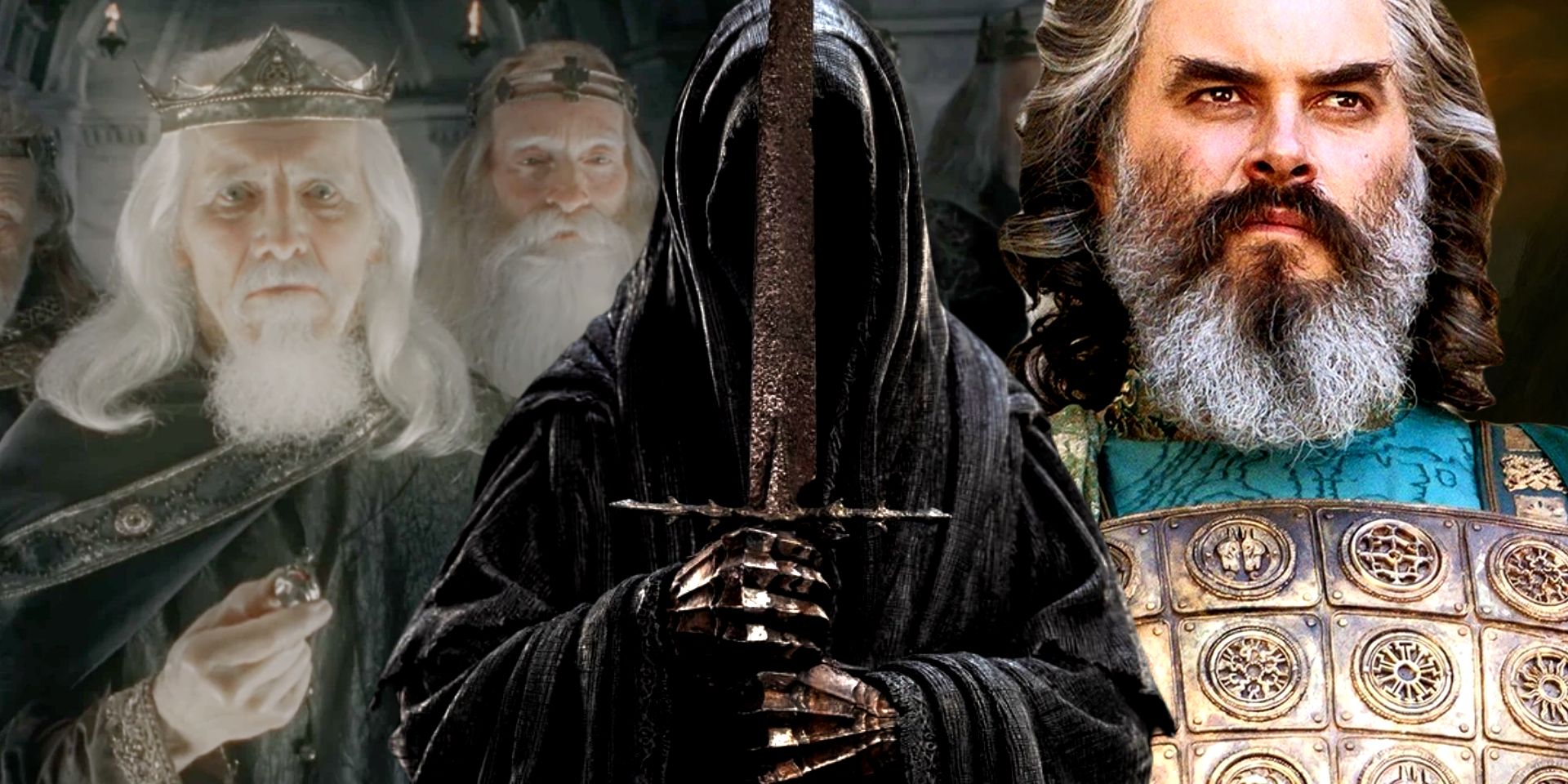



The nine sinister figures known as the Ringwraiths from “The Lord of the Rings” are undeniably among the most terrifying creatures in both film and literature. They are faceless demons, armed with deadly poisoned blades and capable of unnerving screams that haunt dreams. These entities have left a lasting impact on creative minds for generations; indeed, their existence paved the way for the creation of dementors in “Harry Potter”. The Witch-king of Angmar and Khamûl the Easterling were the only two Ringwraiths with known names, but the mere mention of them brought no good tidings to the Free Peoples of Middle-earth.
In the War of the Ring, the Witch-king of Angmar played a pivotal role on Sauron’s side, not only leading attacks but also causing trouble for the realms of Gondor and Arnor. By tricking Eärnur into a one-on-one battle, the Witch-king of Angmar effectively ended the Gondorian royal line, as Eärnur mysteriously disappeared after this encounter. This event led to the Ruling Stewards of Gondor taking over, causing instability in Middle-earth and eventually providing an opening for Sauron’s return. As former leaders of Men, the Ringwraiths were particularly dangerous because they could manipulate their followers towards serving Sauron.
2. Balrogs
Giant Creatures With Flaming Whips
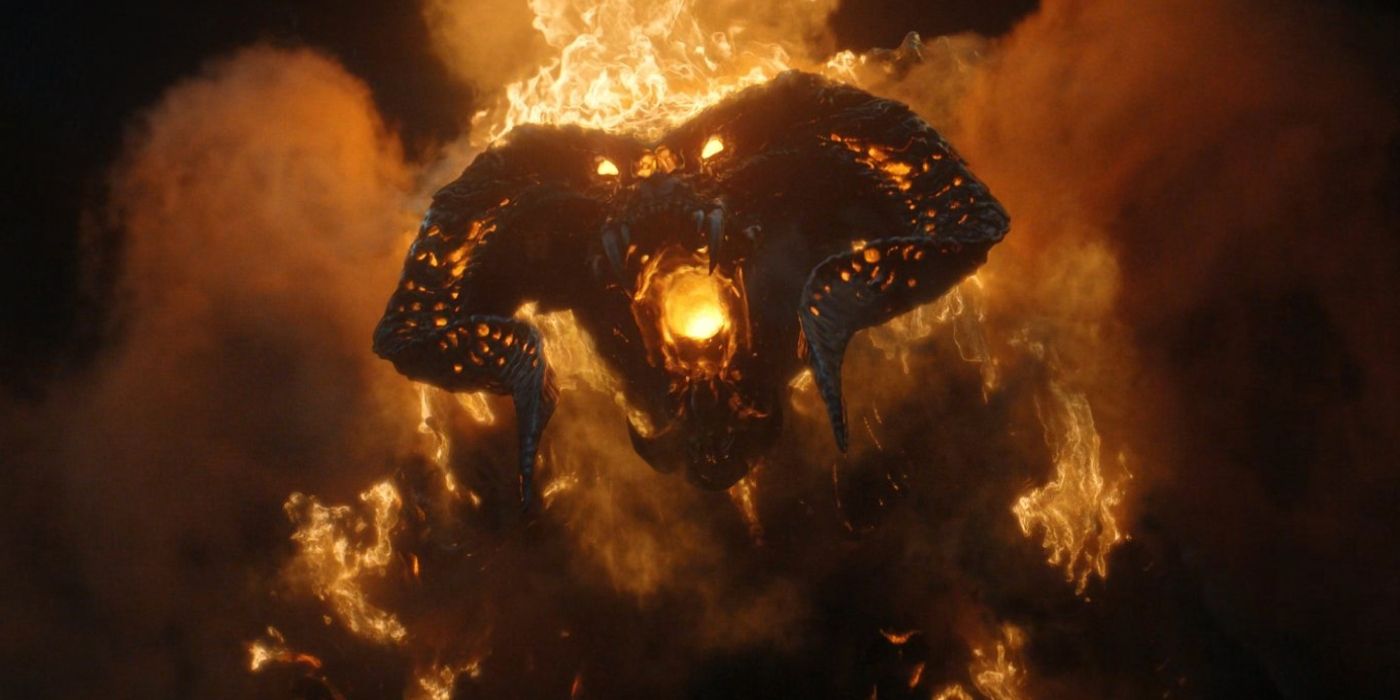
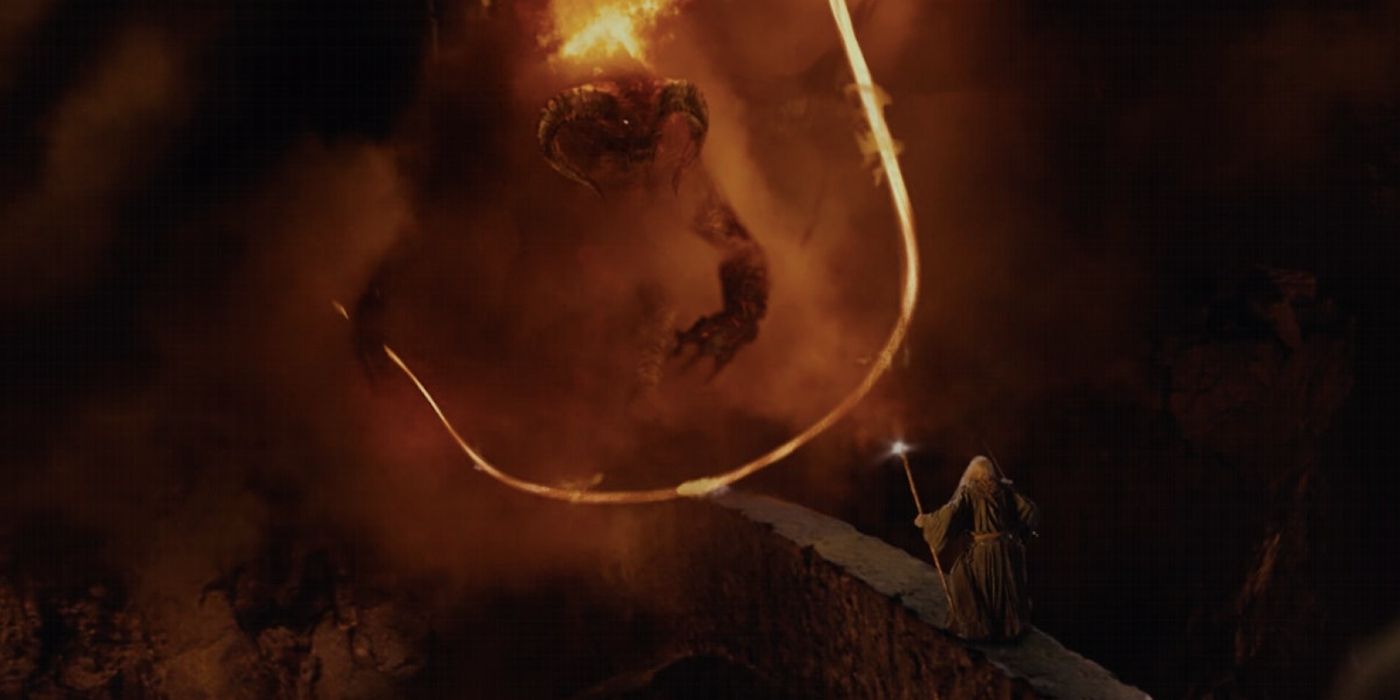
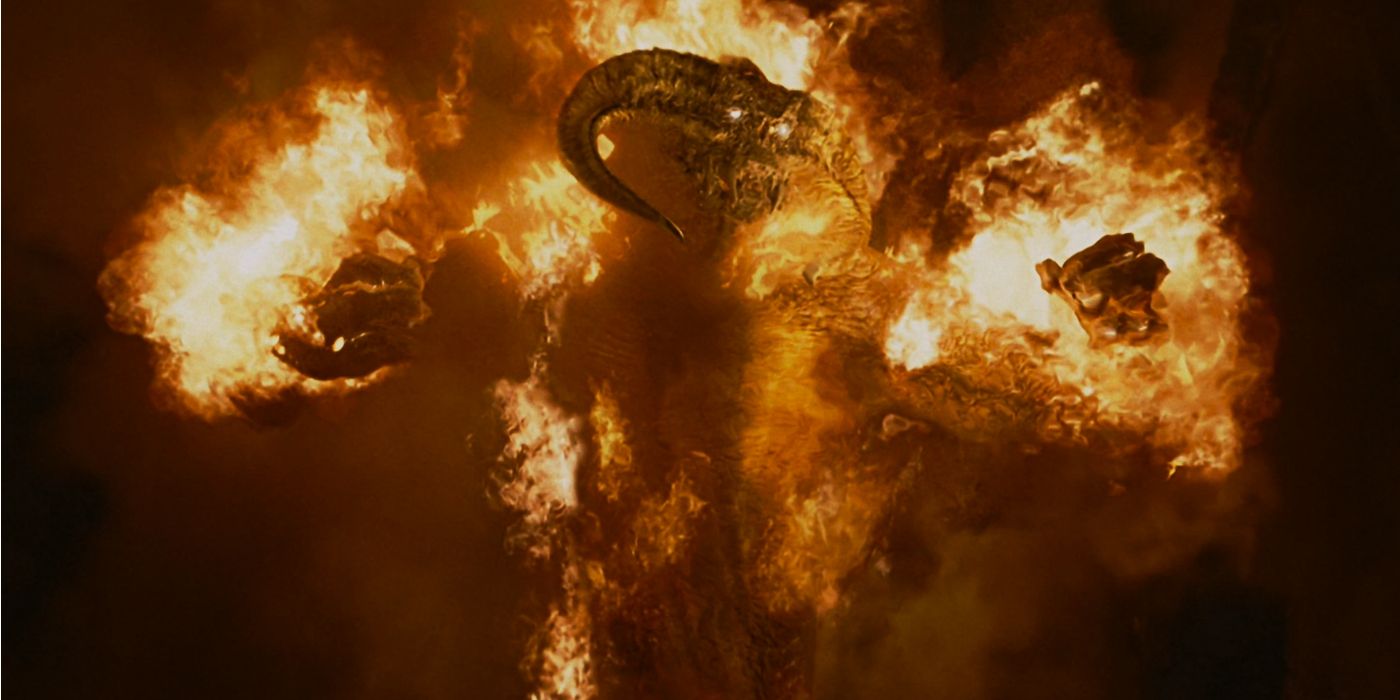
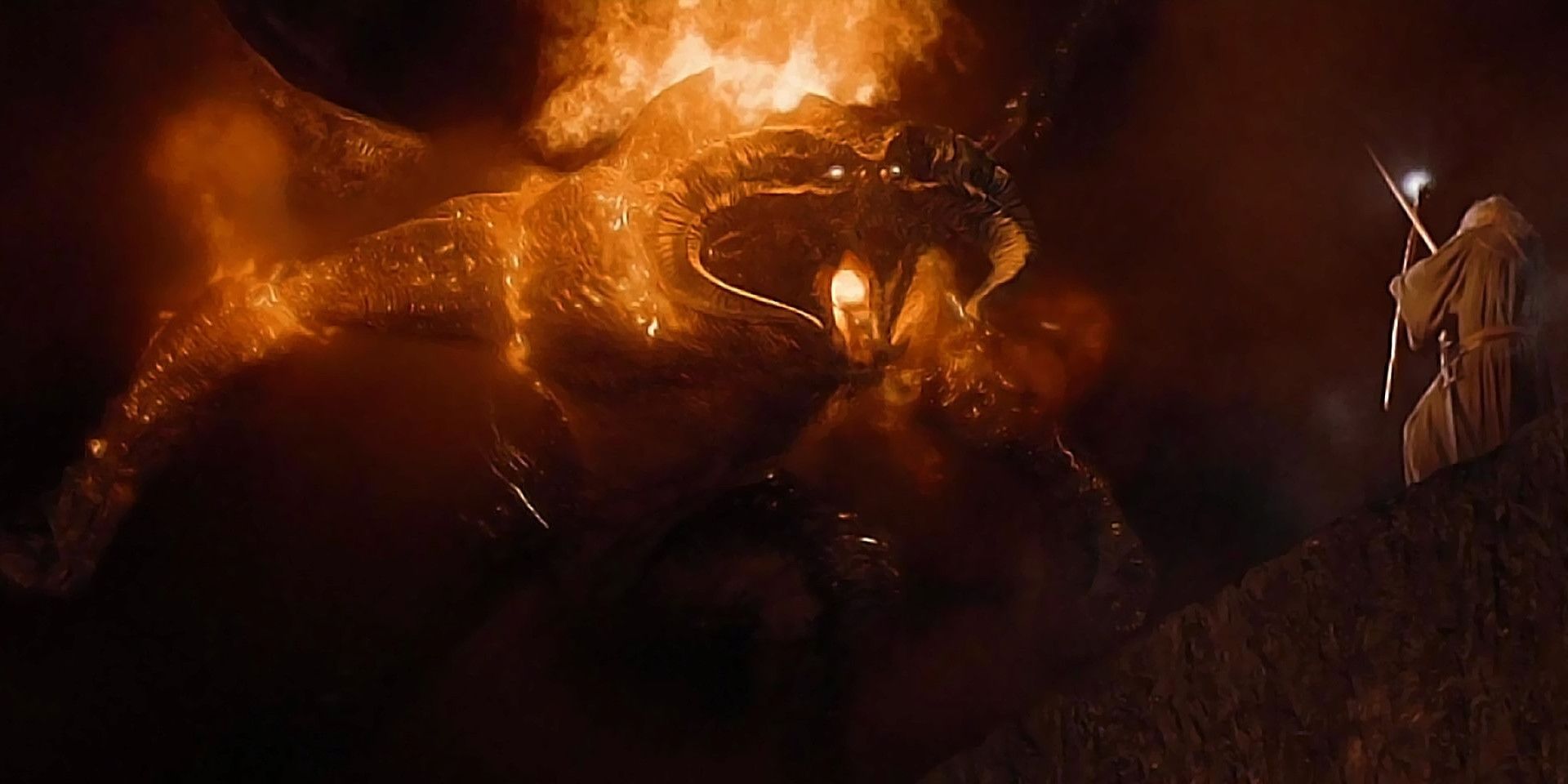
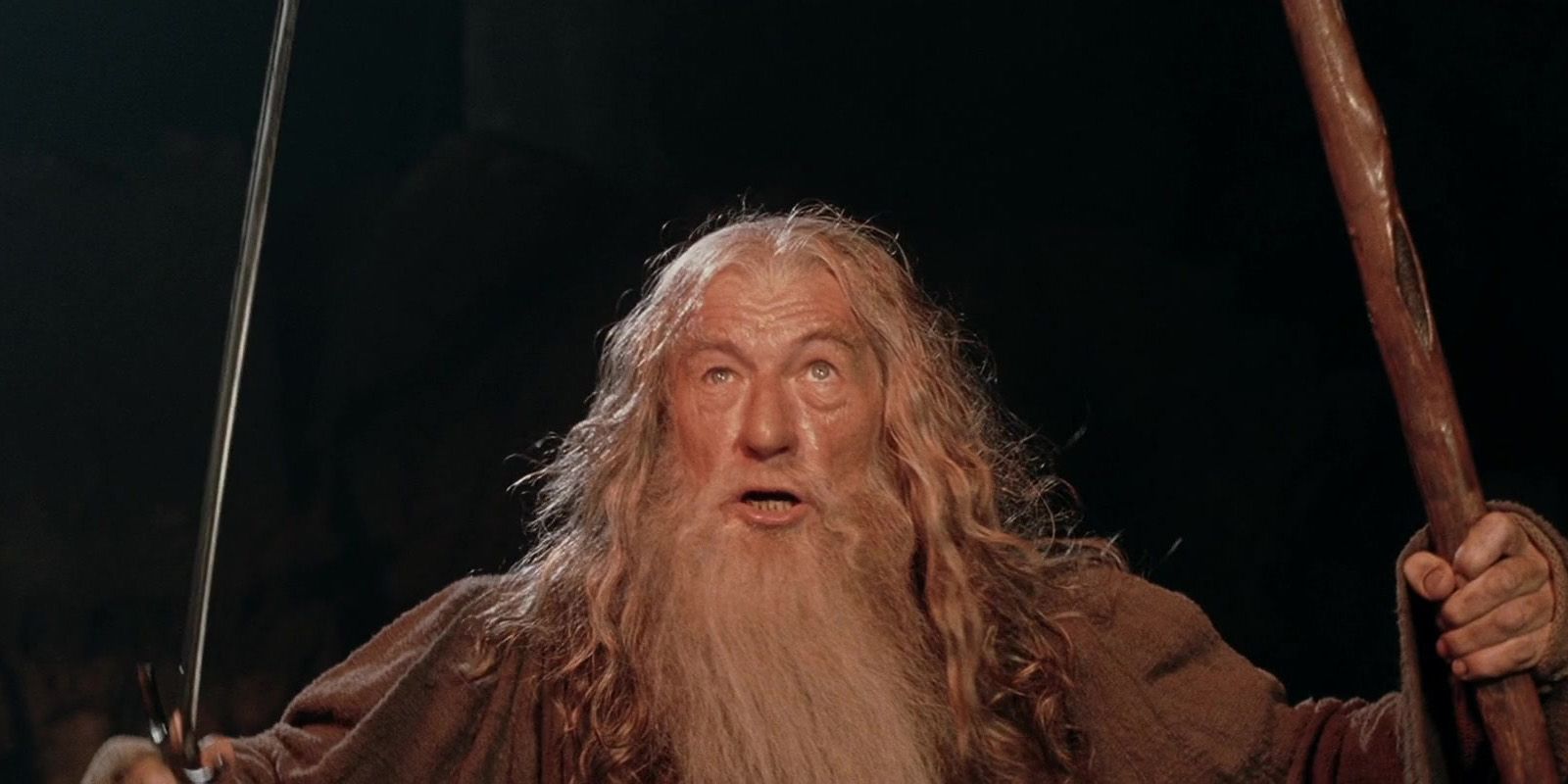
It’s a persistent discussion among Tolkien fans: whether or not Balrogs possess wings. However, what is indisputable is that Balrogs rank among Morgoth’s most formidable followers in “The Lord of the Rings”. If Gandalf, an immortal Wizard, couldn’t vanquish a Balrog without suffering grievous bodily harm, it underscores the parity between these adversaries. Interestingly, the Balrog belongs to the same species as Gandalf, being one of the Maiar, part of the Ainur race.
Endowed with an existence that knows no end, the Balrogs were bound to their malevolent shape through wicked actions. Yet, they were shackled to a perilous form, capable of summoning fire in various guises, such as at the tip of their fiery whip. Morgoth’s high-ranking Balrog commander, Gothmog, claimed not only the lives of many Wizards but also those of powerful Elves like Fingon and Fëanor, who were prominent figures in “The Lord of the Rings”.
1. Dragons
Reptilian Monsters With Special Powers
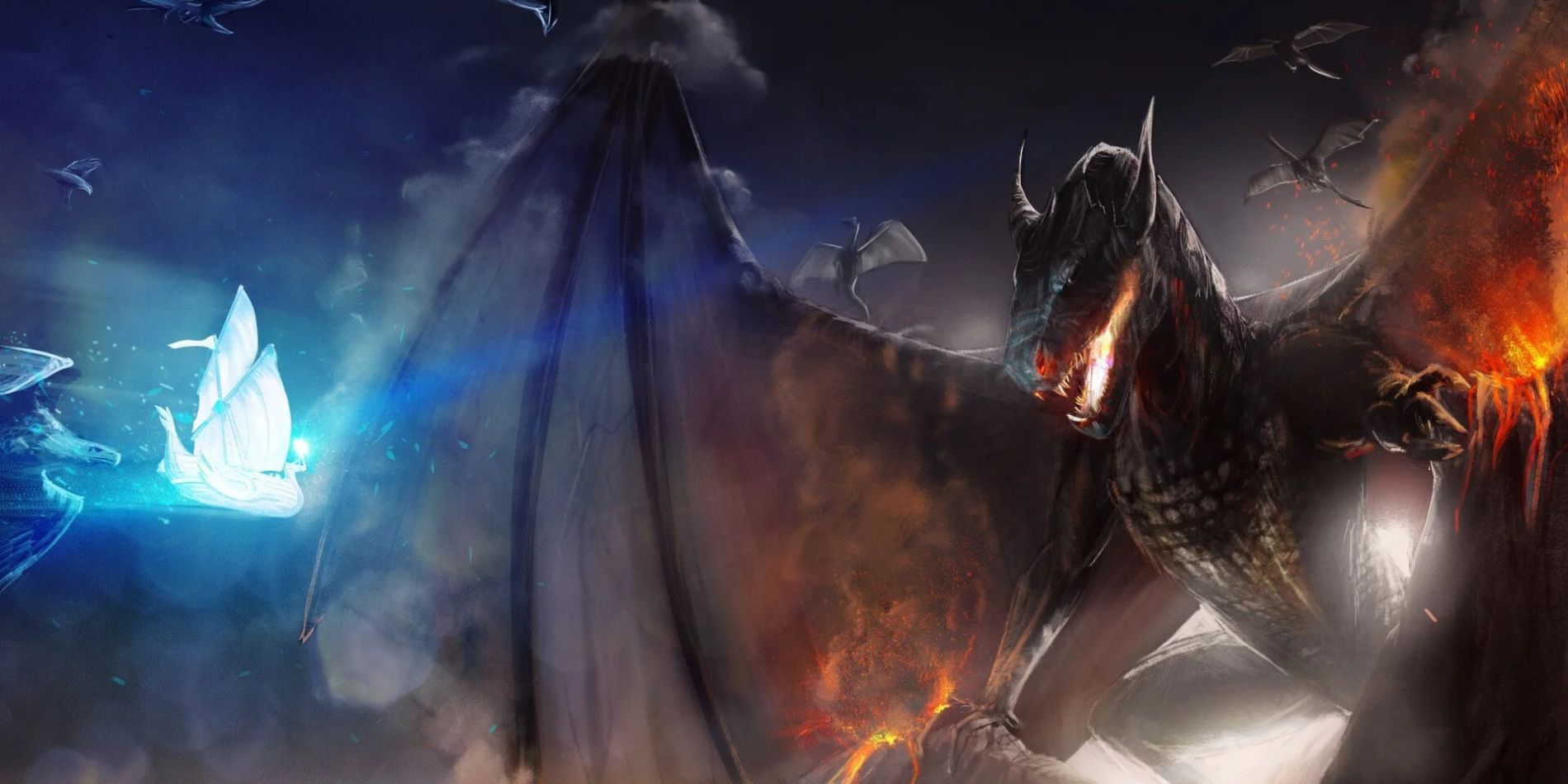
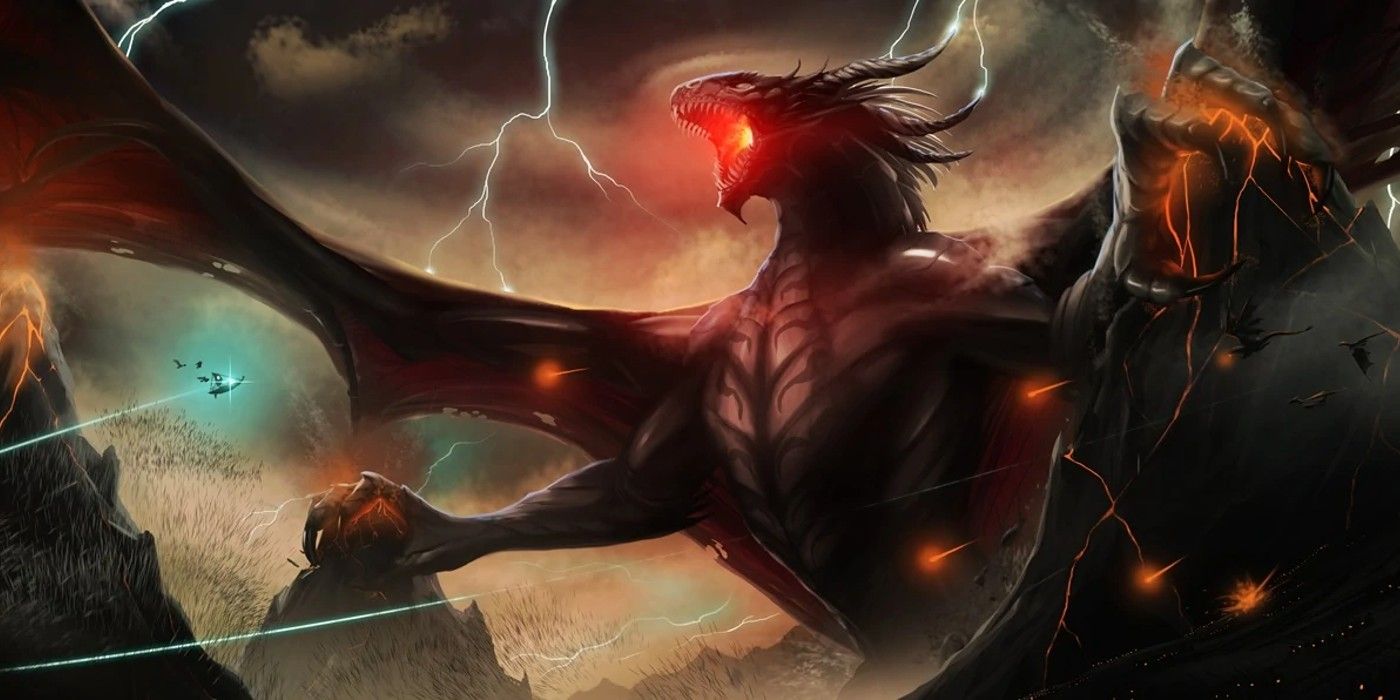
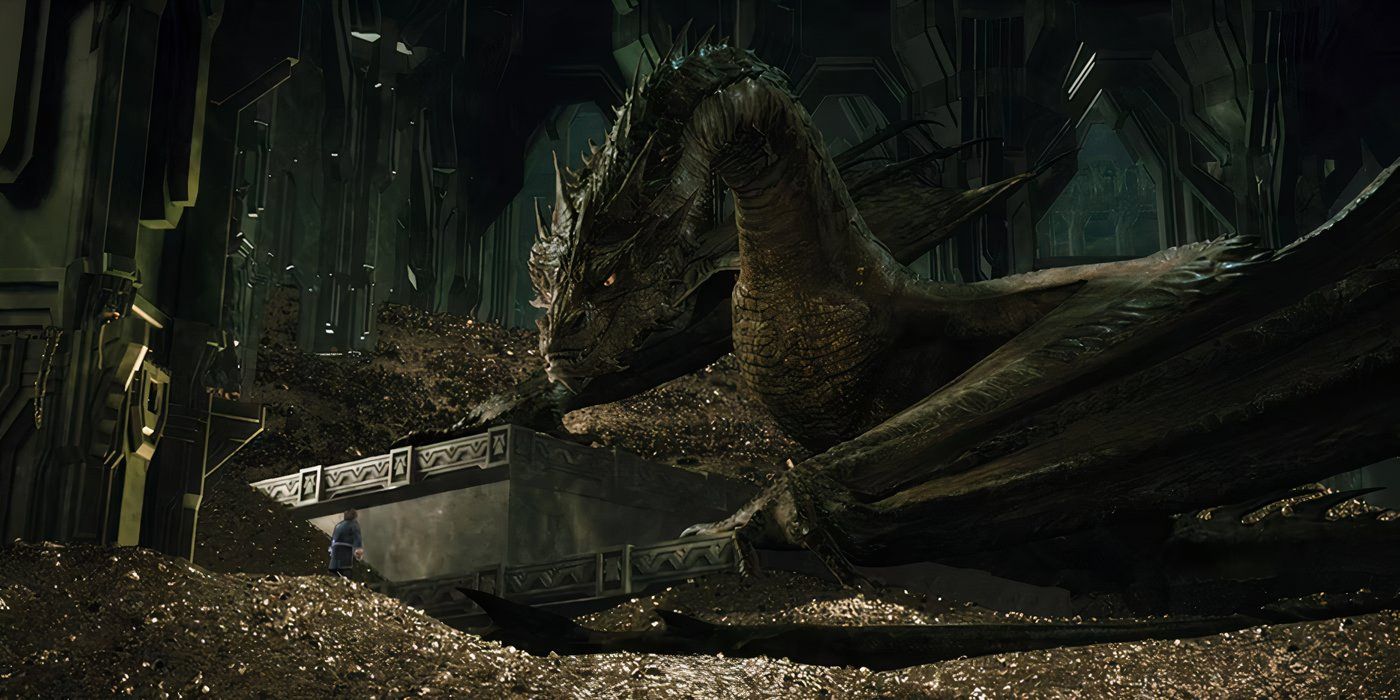
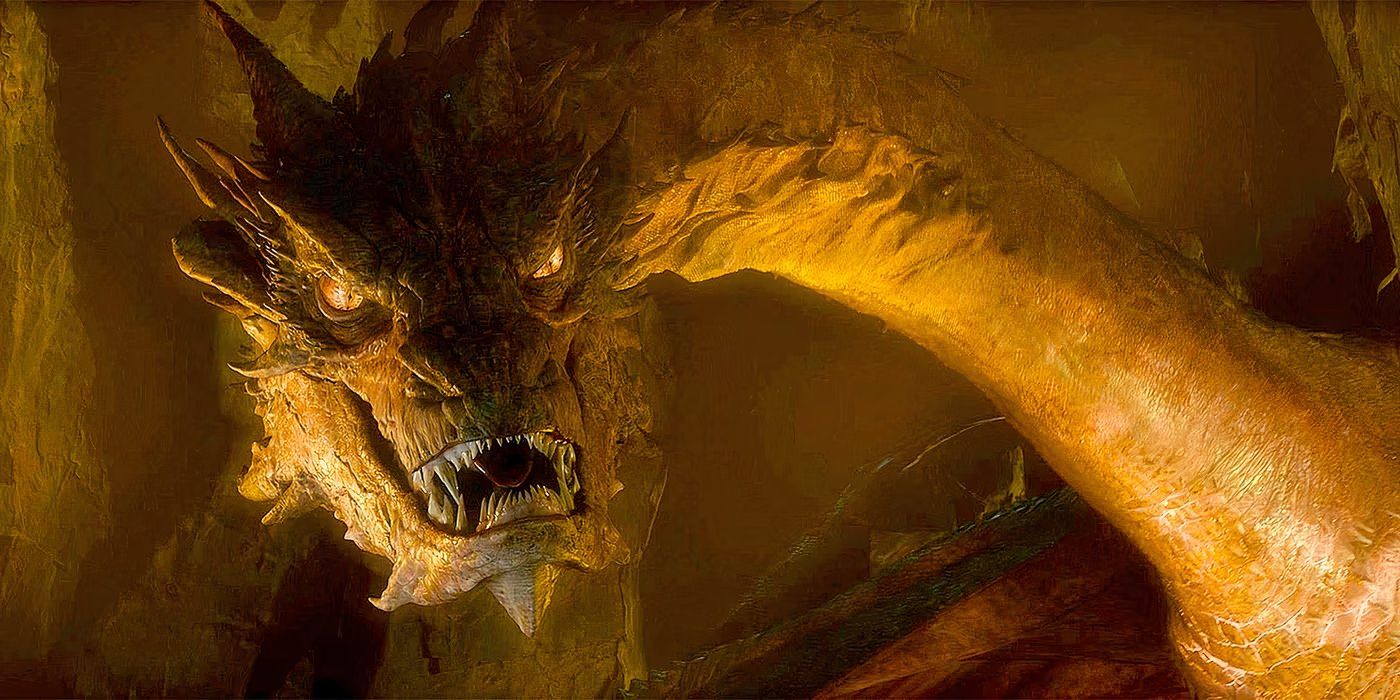
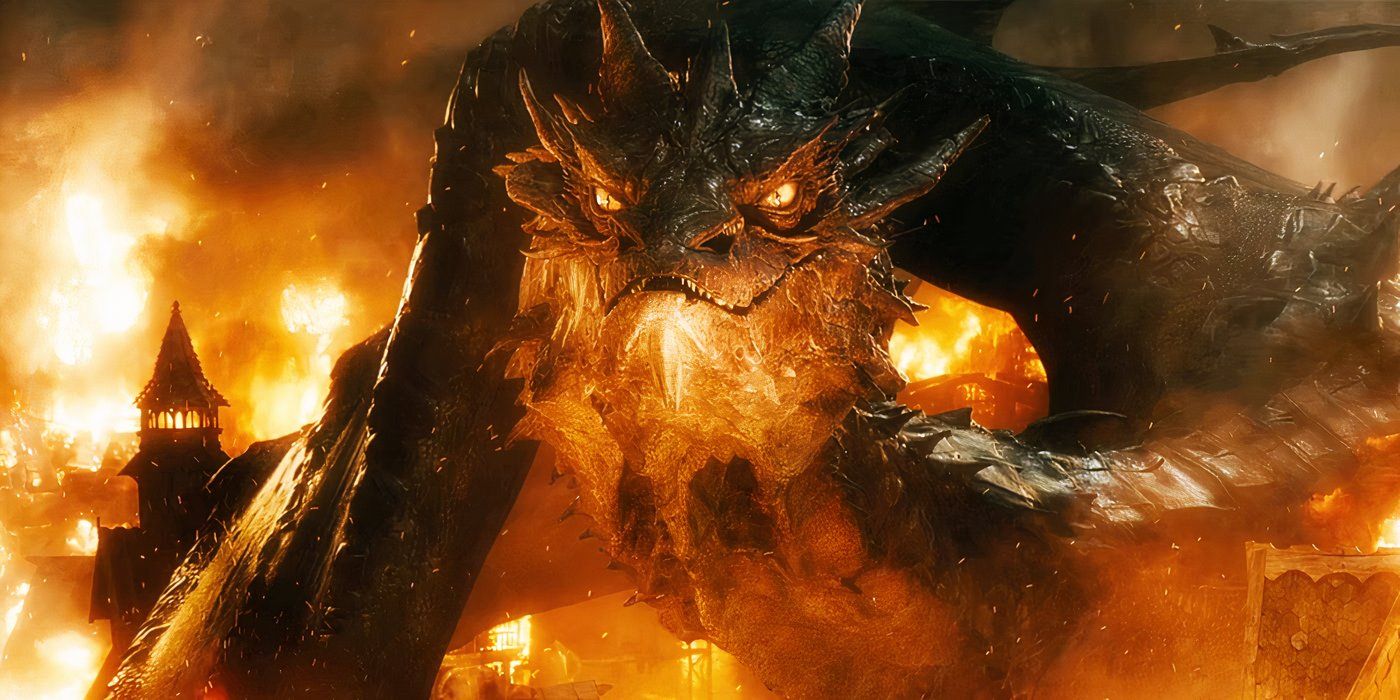
Dragons, particularly those that breathe fire like Smaug, likely posed the most significant danger within the dragon realm. Even the presence of cold-drakes didn’t diminish this fact. In terms of pure destructive power, Smaug alone was capable of annihilating a city like Esgaroth with a single breath. This is without considering any additional support from a Fell Beast steed.
In a twist of legend, it’s possible that the most feared dragon in Middle-earth, Glaurung, might have been wingless, despite his celestial source of power. Interestingly, this legendary creature was never depicted in the movies, as he hailed from the ancient First Age. However, Glaurung left a lasting impact on the narrative by manipulating two influential humans over several decades, leading them to take their own lives. Furthermore, he conquered the Realm of Nargothrond, driving out its Elven inhabitants. Remarkably, dragons in this mythos were as cunning as the Wizards in “The Lord of the Rings”, but unlike the Istari, they didn’t need to conceal their power.
Read More
- Clash Royale Best Boss Bandit Champion decks
- Best Hero Card Decks in Clash Royale
- Clash Royale December 2025: Events, Challenges, Tournaments, and Rewards
- Ireland, Spain and more countries withdraw from Eurovision Song Contest 2026
- Clash Royale Witch Evolution best decks guide
- JoJo’s Bizarre Adventure: Ora Ora Overdrive unites iconic characters in a sim RPG, launching on mobile this fall
- ‘The Abandons’ tries to mine new ground, but treads old western territory instead
- How to get your Discord Checkpoint 2025
- The Most Underrated ’90s Game Has the Best Gameplay in Video Game History
- eFootball 2026 v5.2.0 update brings multiple campaigns, new features, gameplay improvements and more
2025-05-11 03:23